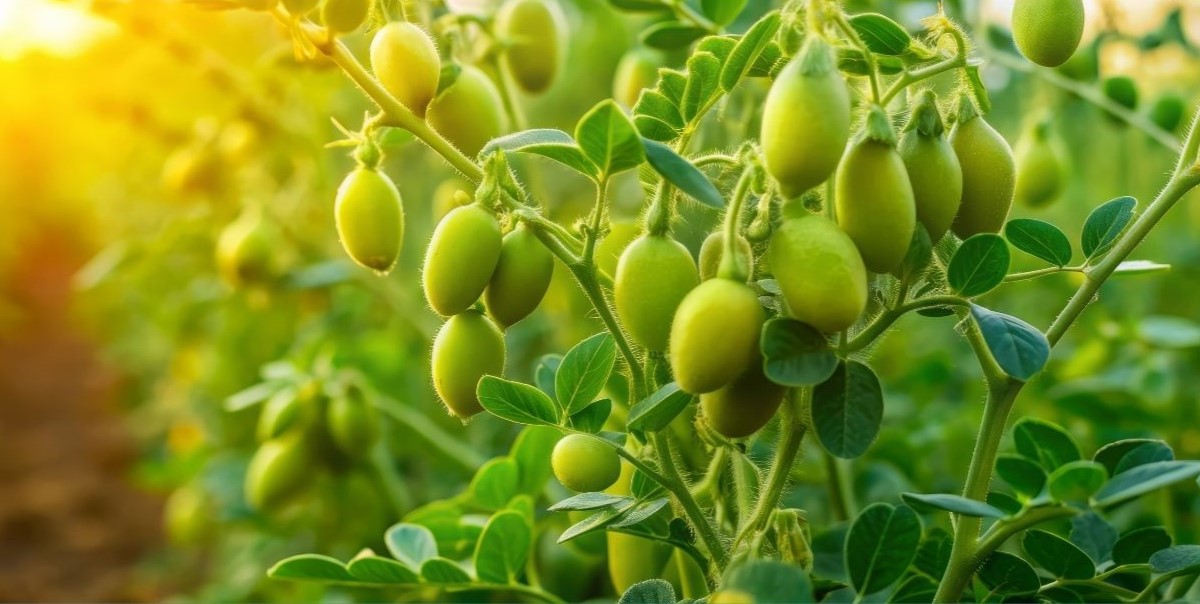
In today’s agriculture, where soil health and sustainable productivity are increasingly critical, biofertilisers offer a beneficial alternative to reliance purely on chemical fertilisers. At Kan Biosys, we believe that nurturing the soil’s living ecosystem is key to unlocking full plant potential — and biofertilisers fit squarely into that vision.
What are Biofertilisers?
Biofertilisers are formulations containing living microorganisms—such as bacteria, fungi or algae—that, when applied to seeds, plant surfaces, or soil, colonise the rhizosphere and help in nutrient mobilisation and plant growth.
These microorganisms perform functions like:
Fixing atmospheric nitrogen so plants can use it.
Solubilising phosphorus (making locked-up phosphorus available to plants).
Producing plant-growth-promoting substances (hormones, enzymes) that stimulate roots and improve nutrient uptake.
In effect, biofertilisers don’t just feed plants — they revitalize the soil and microbial community, enabling plants to access nutrients more efficiently. At Kan Biosys we emphasise this “soil health + microbial empowerment” approach.
Why Use Biofertilisers? Benefits for Farmers, Soil & Environment
Here are some key advantages:
Enhanced soil fertility & microbial activity
Over time, biofertilisers build up the soil’s biology: more beneficial microbes, better nutrient cycling, improved structure and porosity.
Reduced reliance on chemical fertilisers
Since biofertilisers aid nutrient mobilisation naturally, they help decrease the amount of synthetic inputs needed — which saves cost and reduces chemical load on the soil.Improved crop yield, growth & resilience
Healthier roots, better nutrient uptake and stronger plants often lead to improved yields and quality.
Environmentally friendly & sustainable
Biofertilisers are low-residue, biodegradable, and help prevent issues like groundwater contamination or soil degradation that come from excessive chemical fertiliser use.
Better soil structure and water retention
Microbial activity can improve aggregation of soil particles, increasing its ability to retain water and resist erosion — a big plus especially for Indian agro-climates.
Types of Biofertilisers (with brief overview)
Here are some common categories you may find in your field or offered via Kan Biosys:
Nitrogen-fixing organisms: e.g., Rhizobium for legumes, Azospirillum, Azotobacter. They help convert atmospheric nitrogen into forms plants can use.
Phosphate-solubilising microorganisms: These convert insoluble phosphates into soluble forms, making phosphorus available.
Mycorrhizal fungi: These form symbiotic associations with plant roots, extending the root system’s reach and improving water and nutrient uptake.
Cyanobacterial biofertilisers (blue-green algae): Particularly useful in paddy cultivation; they fix nitrogen in flooded soils.
Bio-organic or composite fertilisers: These include organic matter plus beneficial microbes, offering a dual benefit of nutrient supply and microbial activation.Application & Best Practices
To get the best from biofertilisers, adopting correct practices is key:
Seed treatment: Coat seeds with biofertiliser before sowing so beneficial microbes are immediately present in the root zone.
Soil application: Mix the biofertiliser into soil or compost before planting.
Root-dip for transplanted crops: For crops like rice where seedlings are transplanted, root-dipping in a biofertiliser solution helps.
Storage & quality: Because these are living organisms, proper storage (cool, dry, away from direct sunlight) and use within shelf-life is essential.
Combine with good agronomic practices: Biofertiliser use does not mean ignoring other practices like appropriate fertiliser dose, irrigation, crop rotation, soil testing. They are a supplement, not a full replacement in many cases.
Challenges & What to Keep in Mind
While biofertilisers hold great promise, there are some points to note:
They often act more gradually than chemical fertilisers; immediate visible effects may be slower.
Their performance can depend on soil conditions (pH, moisture, organic matter) and environmental factors. If soil is very degraded, additional soil-health measures may be needed.
They are not always a full replacement for chemical fertilisers in all crops and situations—rather, they are best used as part of an integrated nutrient management strategy.
Why Choose Kan Biosys’s Biofertiliser Solutions?
At Kan Biosys, we align our biofertiliser offerings with a science-driven approach and real-field usability:
We develop microbial formulations through our Smart-Bio Platform, ensuring they are robust, effective and compatible with Indian soil-climate conditions.
Our R&D capabilities (approved by DSIR) ensure high quality, effective microbial strains and formulations that can deliver consistent results.
We support farmers with appropriate usage guidance, so the microbial inputs can deliver maximum benefit in the field.
Our focus on soil-health, cost-effectiveness and generating value for farmers means you get both performance and sustainability.
Conclusion
In a world where agricultural challenges are mounting — shrinking land, declining soil health, rising input costs, climate variability — biofertilisers represent a crucial tool in the farmer’s toolkit. They offer a sustainable way to enhance nutrient availability, bolster plant growth, and restore soil vitality.
By integrating biofertiliser solutions from Kan Biosys into your cultivation system, you move towards a model of farming that is more resilient, productive and environmentally responsible. The future of agriculture lies not just in adding nutrients to soils, but in revitalising the living soil itself — and that’s exactly what biofertilisers help us achieve.


